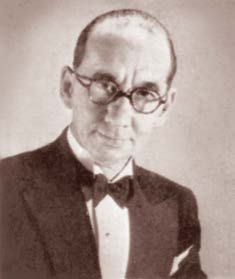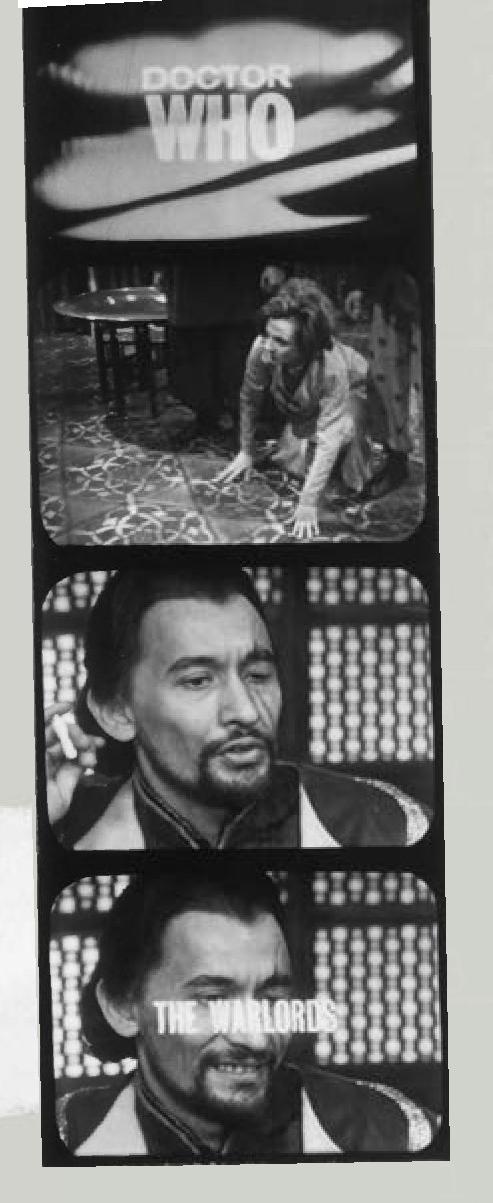HOW TO READ A CAMERA SCRIPT
From the 1960s to the 80s, Doctor Who’s directors compiled scripts that served as road maps for recording sessions. As JONATHAN MORRIS explains, deciphering these technical documents can unlock the mysteries of missing episodes…
If you’ve bought one of the recent Doctor Who Blu-ray box sets, you may have discovered bonus discs containing a wealth of behind-the-scenes material, including camera scripts for some of the stories. For episodes that exist, camera scripts can be of limited interest; the only noteworthy moments are those points where the finished episodes differ from them. But by comparing camera scripts to existing episodes, you can appreciate how much information on what an episode looks like can be gleaned from its script – and this, of course, is invaluable when it comes to episodes that don’t exist.
Armed with off-air soundtrack recordings made by conscientious fans, off-screen ‘telesnaps’ taken by photographer John Cura, the various set photographs and publicity stills, and most importantly the camera script, you can get an extremely good idea of what the missing episodes looked like. You can, if you persevere, work out pretty much what was on screen at any given moment. You can certainly work out at which point each telesnap was taken to within a few seconds, which is useful if you’re trying to assemble a reconstruction.

John Cura, the photographer who took off-screen ‘telesnaps’ that now provide a visual record of otherwise lost programmes.

El Akir (Walter Randall) and Barbara (Jacqueline Hill) appear in telesnaps for the opening sequence of The Warlords, the fourth and final episode of The Crusade (1965, director Douglas Camfield).